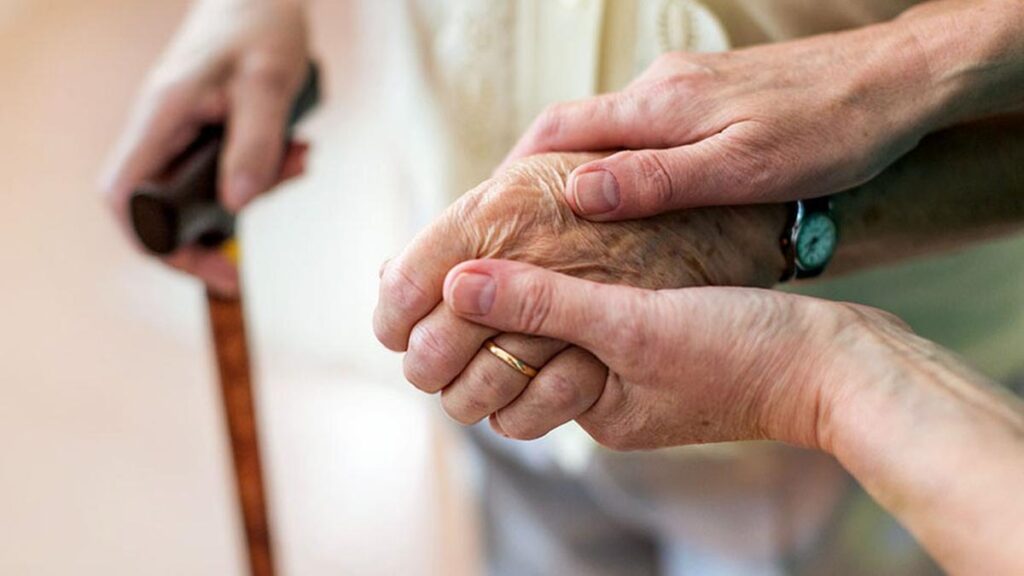Parkinson’s disease is a progressive neurodegenerative disease that affects the areas in the brain that primarily regulate and fine-tune discrete movements. The motor system is affected in the initial stage of the disease, and as it advances, it also causes non-motor symptoms like reduced attention and cognitive problems. There is no cure for the disease, and all treatments only aim to reduce symptoms and improve the quality of life.
Affected patients have symptoms including tremors, slowness of activities, stiffness of limbs, walking difficulties, and postural instability. The exact etiology is unknown and believed to be multi-factorial in origin, involving the interplay of genetic factors, environmental toxins, and other unknown mechanisms. The disease causes a decrease in the population of dopamine-producing neurons in the brain circuits (Nigro-striatal pathway) that control body movements. Hence, other unwanted signals are not filtered, which disturbs intended body movements.

Treatment options
While pharmacological treatments like Levodopa are initially effective for some years in managing motor symptoms, their long-term use is associated with diminishing efficacy, increased dosage requirements, and side effects. As the drug’s effect wanes, symptoms reappear immediately; this is called the ‘on and off’ phenomenon. Quality of life decreases, and patients become increasingly dependent on drugs. As the disease progresses, patients often experience motor fluctuations, dyskinesias, and wearing-off effects, necessitating more frequent and higher doses of medication. This can lead to a complex balance between symptom control and medication-induced side effects, significantly impacting the patient’s quality of life.
Surgical interventions have emerged as effective alternatives, particularly for patients with advanced disease stages or medication-resistant symptoms. These procedures aim to modulate the abnormal neural activity in the basal ganglia-thalamocortical circuit, which is implicated in the pathophysiology of Parkinson’s disease. Deep brain stimulation (DBS), introduced in the 1990s, has become a cornerstone in surgical treatment, offering superior control of motor symptoms without the motor fluctuations or on-and-off phenomena as seen with medications.

Understanding DBS
DBS involves the precise placement of electrodes in specific brain regions, such as the subthalamic nucleus, globus pallidus interna, or ventral intermediate nucleus (VIM) of the thalamus. As the has technology advanced in recent decades, it allows the surgeon to place the electrodes precisely, deep inside the brain, with sub-millimeter accuracy. This is feasible because of advancements in neuroimaging, navigation tools, and robotic technologies. The electrodes are connected to a pulse generator implanted subcutaneously, which delivers continuous electrical stimulation to the target area, effectively modulating neural activity and improving motor function. Advancements in battery technology allow its lifespan to extend up to 15 years, and it can be recharged wirelessly.
Other surgical options include minimally invasive techniques like stereotaxic-guided or navigation-guided lesioning procedures such as radiofrequency ablation (RFA), laser interstitial thermal therapy (LITT), and non-invasive techniques like MRI-guided focused ultrasound (MRgFUS). These procedures create small, precise lesions in specific brain regions to disrupt abnormal neural activity associated with Parkinson’s symptoms. Radiofrequency ablation uses heat generated by radio waves to create lesions, while LITT employs laser energy delivered through a small probe. MRgFUS, on the other hand, uses focused ultrasound waves to create lesions without the need for invasive surgery, guided by real-time MRI imaging for precise targeting. These procedures require only a few millimeters of an incision to be made.

DBS and lesioning procedures are usually done in an awake state with local anaesthesia, where the patient is not required to be under general anaesthesia. These surgical interventions are generally safe even in elderly patients with comorbidities, painless, with very minimal blood loss, and offer real-time symptom relief during surgery. The ability to assess symptom improvement intraoperatively allows for immediate adjustments and optimisation of the treatment effect. Improvement in brain-computer interface allows doctors to monitor abnormal brain activity remotely, and adjust the stimulation settings as per requirement. Brain activity data can be stored and can provide trends of abnormal activity, which helps in adjusting the stimulation’s current strength and frequency.
Early intervention
Early surgical intervention, particularly with DBS, is associated with better long-term outcomes and a high success rate of symptom reduction, with minimal risk of serious complications. Studies have shown that DBS can significantly improve motor function, reduce medication requirements, and enhance quality of life in appropriately selected patients.
The incidence of long-term adverse events in patients who have undergone DBS is the same as patients who did not have DBS; this indicates that DBS does not add any added complication in the long run. the DBS procedure has a success rate of about 85%, with a good reduction of clinical symptoms. Complications are decreasing with advanced technologies in hand, with major adverse effects in the range of 2 to 3 % and minor complications in the range of 2 to 5%. Hardware malfunctions in DBS may occur in around 0.5% of procedures.

The decision to pursue surgical treatment involves careful consideration of various factors, including the patient’s age, disease duration, symptom severity, medication response, and overall health status. A multidisciplinary team approach, involving neurologists, neurosurgeons, neuropsychologists, and other specialists, is crucial for optimal patient selection and outcome. As research in this field continues to advance, new targets for stimulation and improved surgical techniques are being explored, potentially expanding the therapeutic options for Parkinson’s disease patients in the future.
Future developments are in the field of stem cell therapy to replace dopamine-producing neurons in the damaged nucleus, but the study results of this are, as of now, inconsistent.
(Dr. Lokesh V. D. is a neurosurgeon at Naruvi Hospitals, Vellore. [email protected])
Published – April 02, 2025 05:41 pm IST

